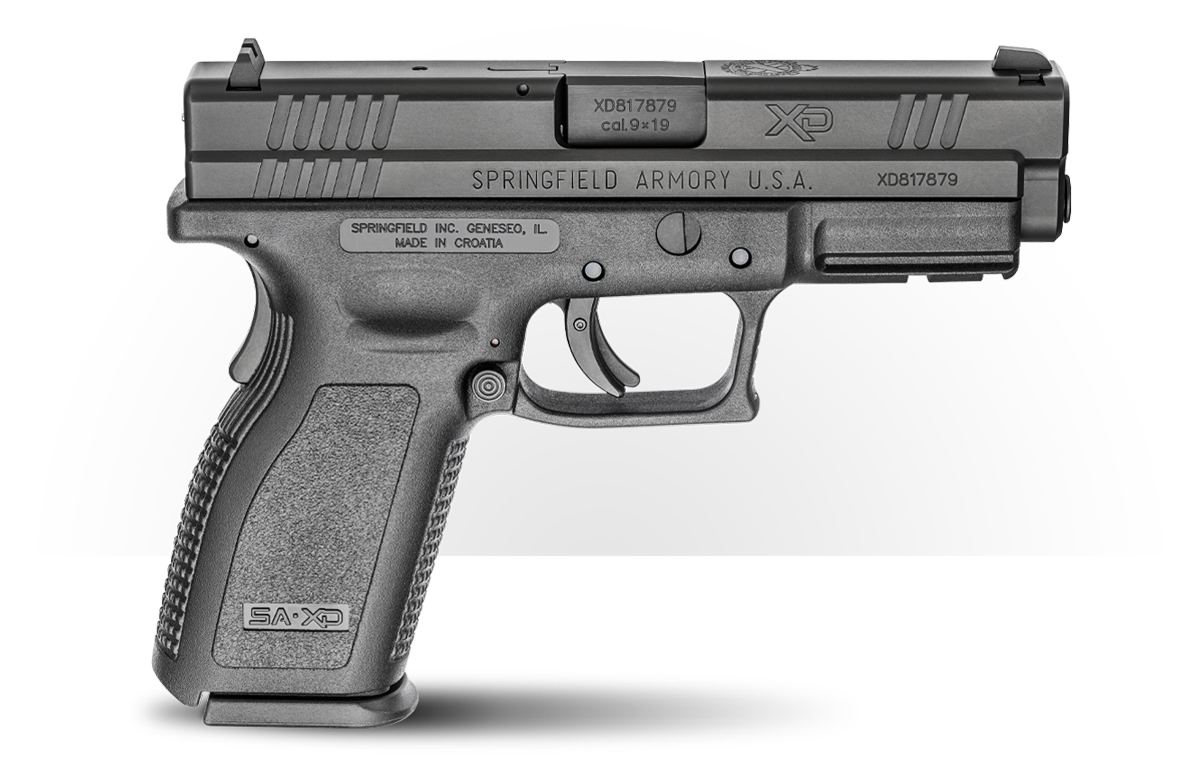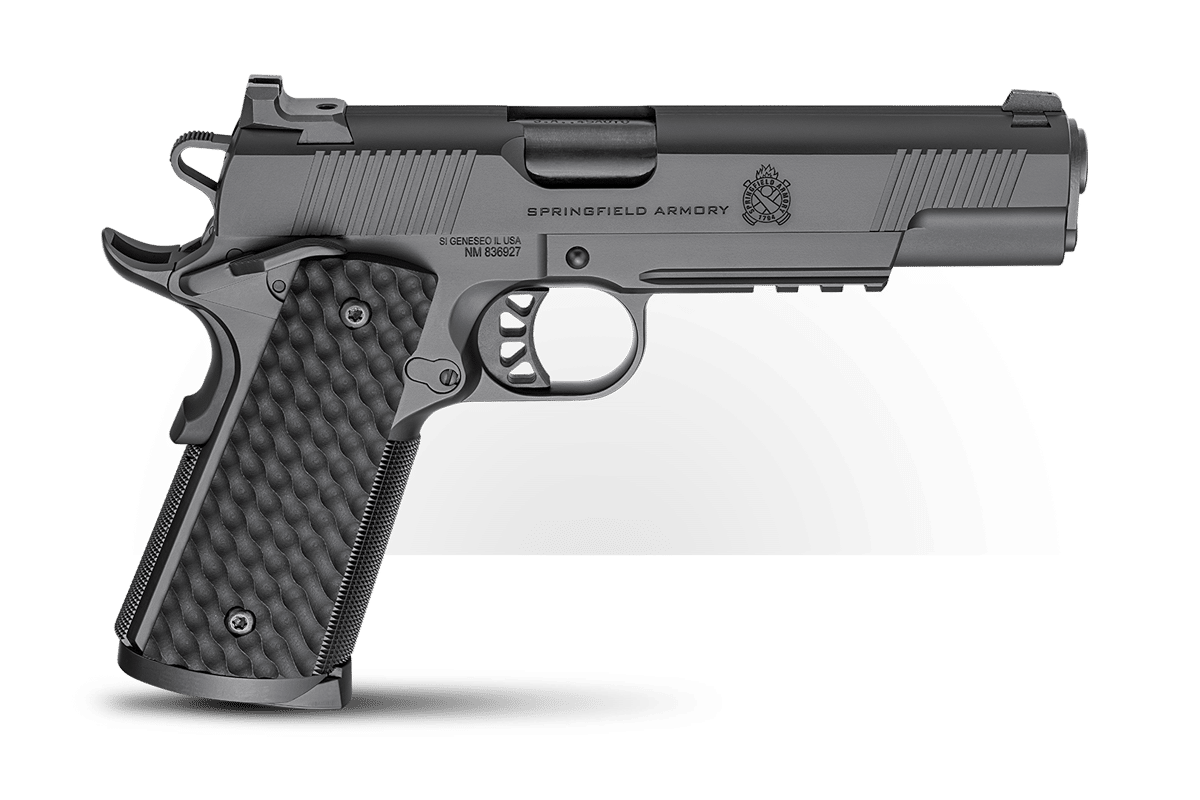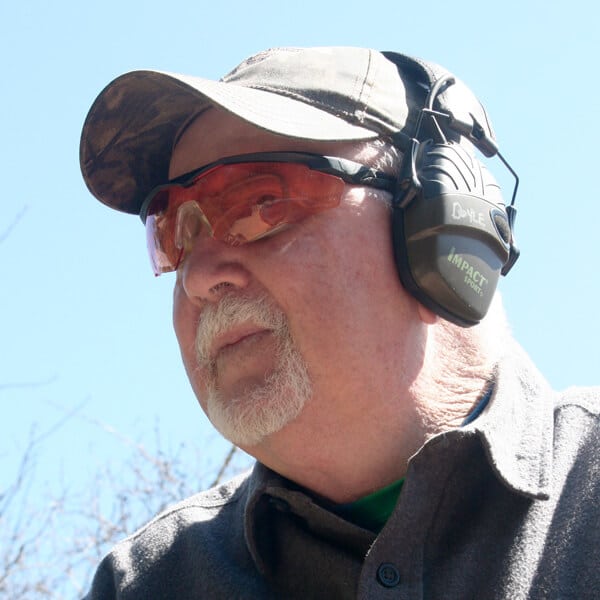Does Trigger Control Matter for Self-Defense?
October 13th, 2021
6 minute read
Like many things in life, achieving a degree of success in practical marksmanship is rooted in some basic building blocks. Whether we call them fundamentals or foundational skills is really here nor there, but just about every instructor and training institution follows a similar path in getting shooters on the right path.
Consider the following. When you first drove an automobile, you didn’t just crank it up and immediately take it up on the Interstate. There was a learning curve to be followed and certain steps executed in sequence before you became a safe and competent driver.
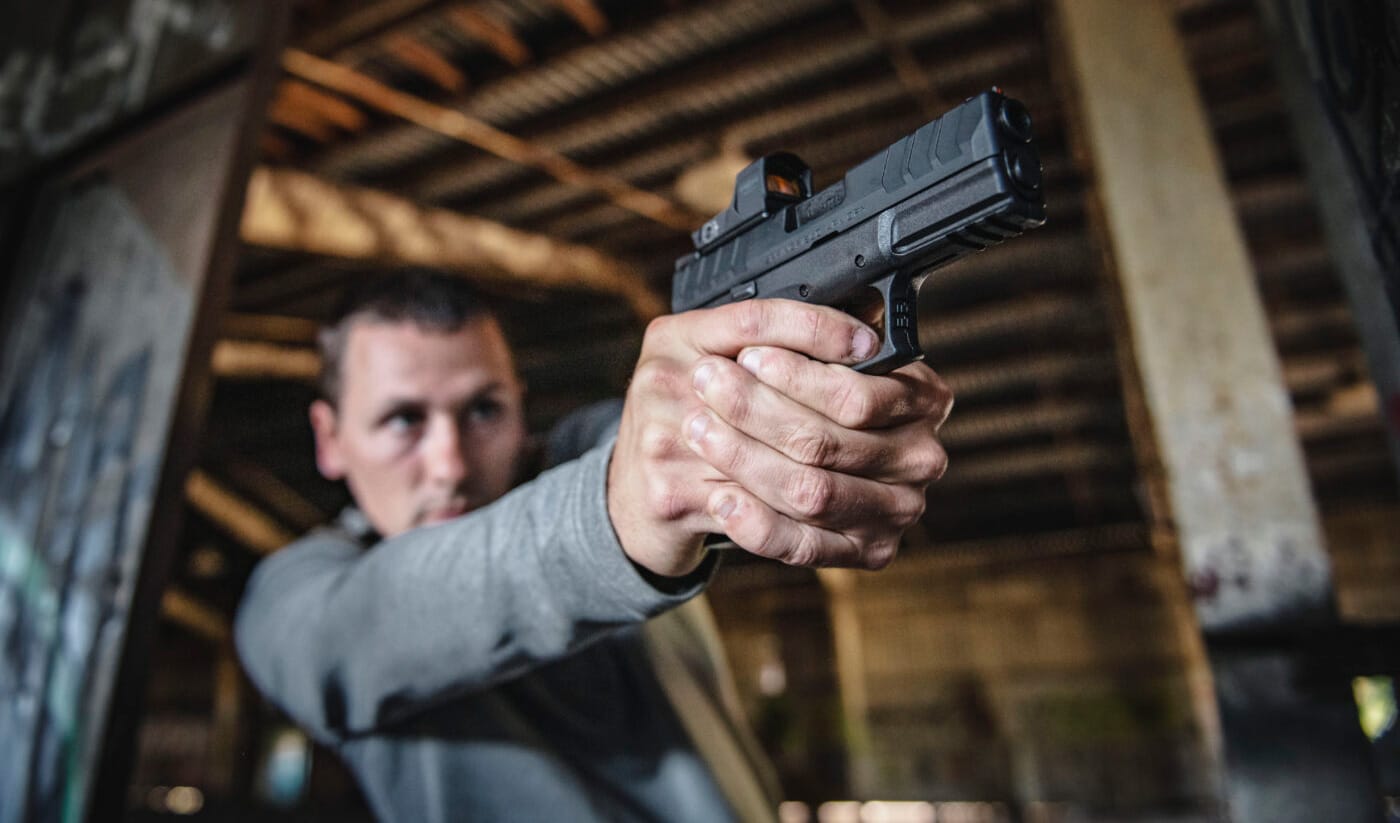
Shooters who have had some prior training in shooting a handgun are no doubt familiar with the basics of practical marksmanship. They include:
- Stance
- Grip
- Sight Alignment/Sight Picture
- Trigger Control
- Follow Through
Having a hand in the training of many shooters over the years, it’s been my observation that trigger control is the most challenging concept to master. Unlike those other fundamentals which might be described as static skills, trigger control is dynamic. In short, you hold the gun on target while moving the trigger to the rear. And that fair reader, is easier said than done.
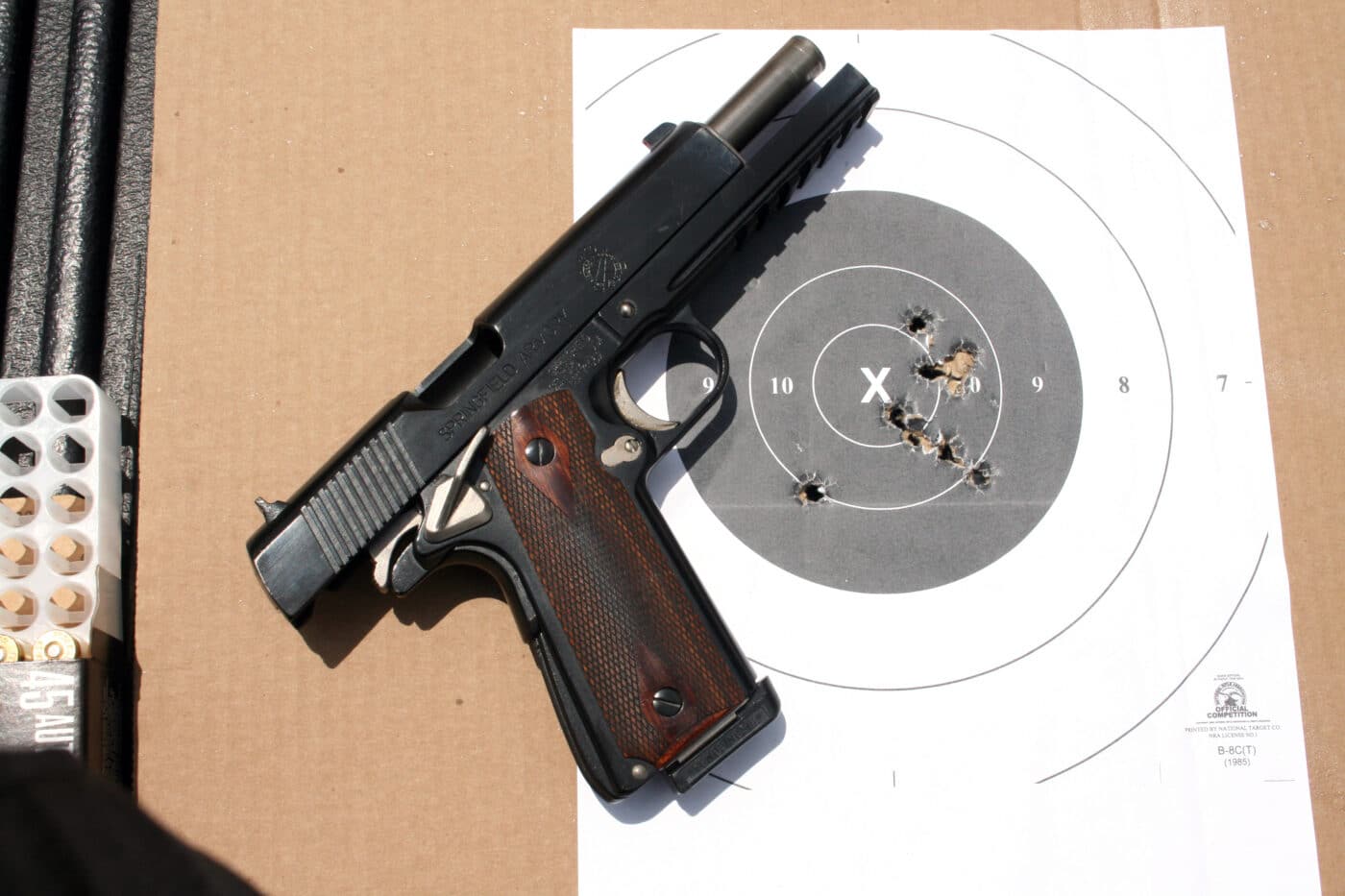
Trigger control might be defined as a steady application of pressure to the trigger causing the shot to break and then allowing it move forward far enough to fire subsequent shots. Today’s pistols are outfitted with a wide variety of different trigger systems including single-action (SA), traditional double-action (DA), double-action only (DAO) and striker-fired. To say the least, characteristics between the various action types are very different and one needs to invest a little bit of time becoming familiar with trigger function on their personal pistol.
Stepping Stones
Before we move on to the mechanics of trigger control, it is important that we understand the placement of the finger on the trigger and how it relates to grip. Most of us will be best served by centering the distal pad of the index finger on the trigger. An exception to that rule might be double action only pistols which feature a long heavy pull throughout the entire firing cycle, much like a revolver. With a DAO pistol, placing the crease of the finger between the first and second joints will give you an advantage in managing the heavier trigger stroke.
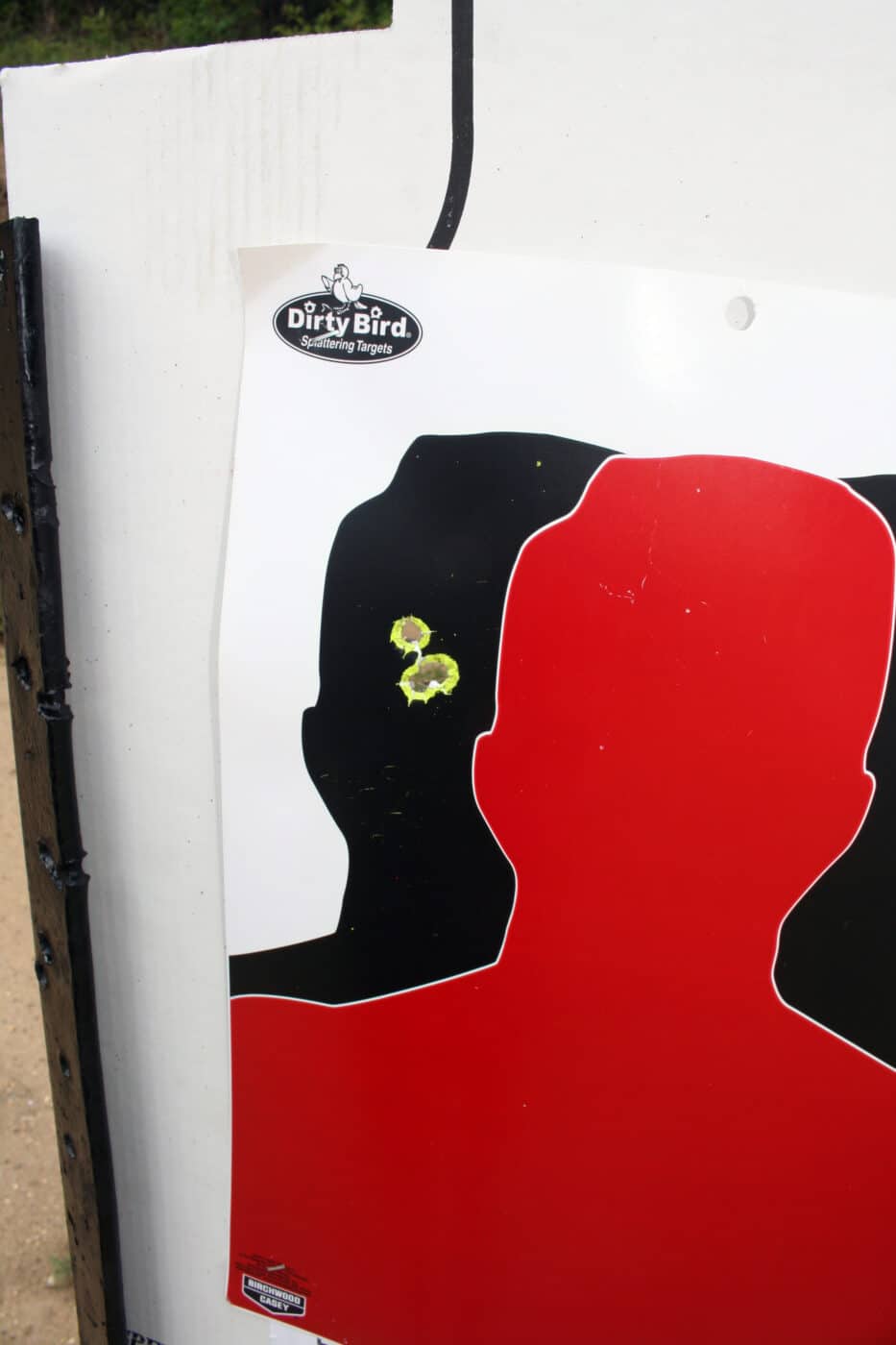
In the not-so-distant past, many popular pistols sported grips that were too large for anything smaller than a medium-size male hand. Grips with too great a circumference prevent users with smaller hands from getting proper finger placement on the trigger. If we worked this issue in the opposite direction and put these same shooter’s fingers in the optimum place, they could not get a proper grip.
Needless to say, improper finger placement or poor grip represents a major handicap and these shooters could never be at their best. The good news is just about all the major players are now turning out pistols that fit a wide range of hand sizes. I’ve maintained for years that the classic 1911 is well suited to shooters with smaller hands and have witnessed giant leaps in proficiency once switching to a pistol that actually fit.
Grasping the Issue
So exactly how do we get a handle on trigger control? For the purpose of illustration, I will offer break it down from the perspective of a striker-fired pistol such as the Springfield Armory XD or XD-M Elite. Trigger control consists of three distinct phases.
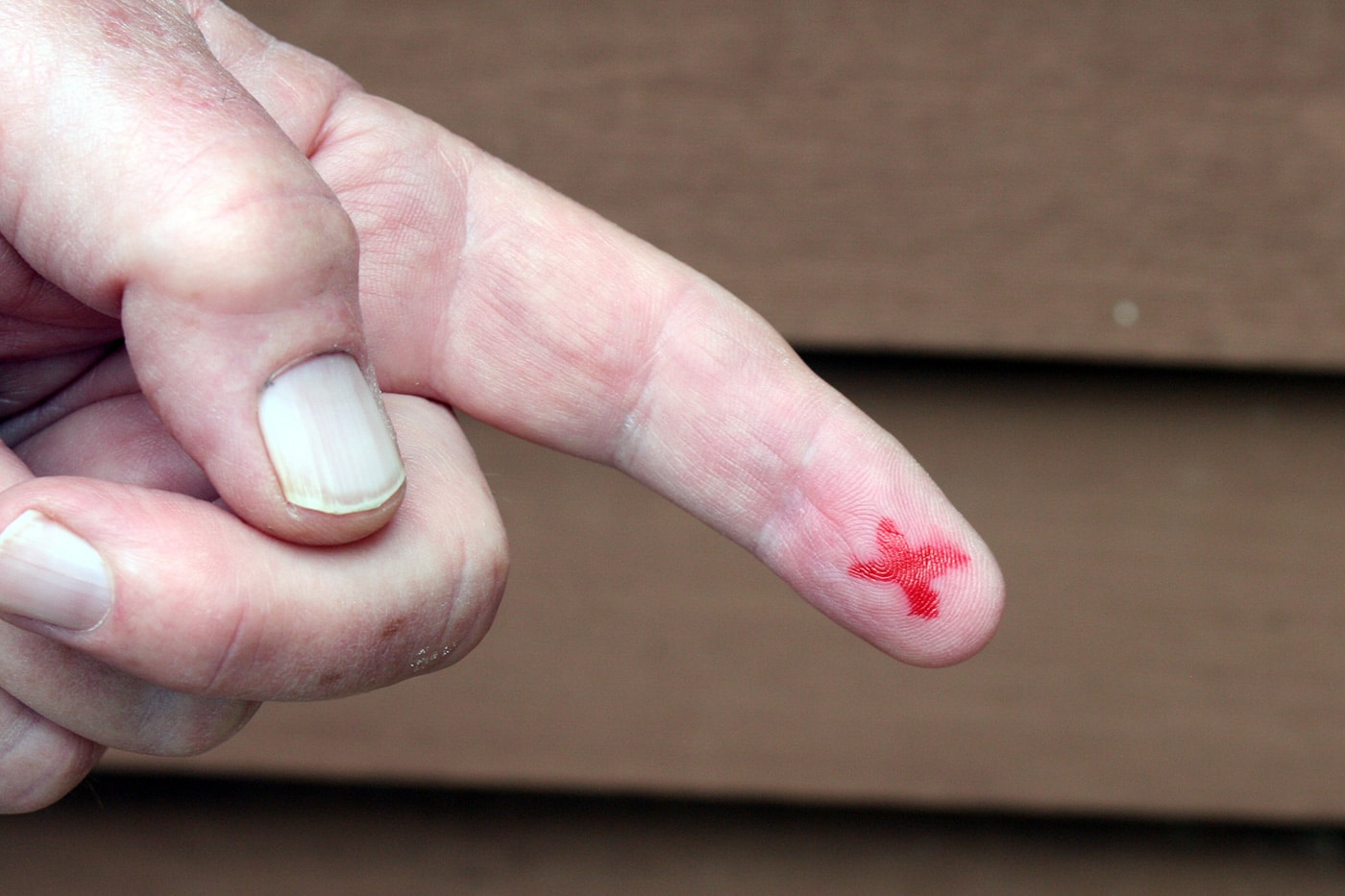
In the first phase, that initial rearward movement there is little resistance. After a very short travel distance, you will come to a pressure wall and moving beyond it will cause the pistol to fire. After shot break, the trigger will move forward under its own power to a reset point. Once it reaches the reset point, exerting additional rearward pressure will cause the pistol to once again fire. On just about any striker-fired pistol I’ve encountered, the trigger does not have to travel to the full forward position to reset for subsequent shots.
The trigger press and reset is the key for putting fast, accurate shots on the target. Depress the trigger straight to the rear in a smooth, deliberate motion. Once the shot breaks, reset the trigger to fire the next shot. Shorter travel distance of the trigger equates to reduced time, therefore less likelihood of screwing up. There is no doubt in my mind, that this will enable most shooters of average ability to get multiple shots on target sooner. Initial practice is at a slow pace and once we are confident that we are shooting with an acceptable degree of combat accuracy, we can push the gas pedal a little harder.
So exactly how might we work this? Catching the trigger reset is done while the gun is in recoil. Most of us mere mortals will experience a slight degree of muzzle rise when we break the shot. At this point in time, allow the trigger to move forward to the reset point, as you bring the gun down to let the sights settle on the target. If all goes well, you are now ready to launch that next shot. Should the trigger move a shade too far forward, it’s no big deal. Press the trigger again and try to catch it next time. Like all psycho-motor skills, start slow and only go faster after you meet with success.
Range tricks such as pinning the trigger and the compressed surprise break may serve a purpose in illustrating a point, but I do not see them as viable defensive techniques. I continue to use a couple of drills in my own practice sessions as well as in the training of others that I thought I might share. The first is simply feeling the reset. No target is involved and you simply fire into the range backstop and concentrate on feeling the trigger reset. Exactly when are you picking up the sights?
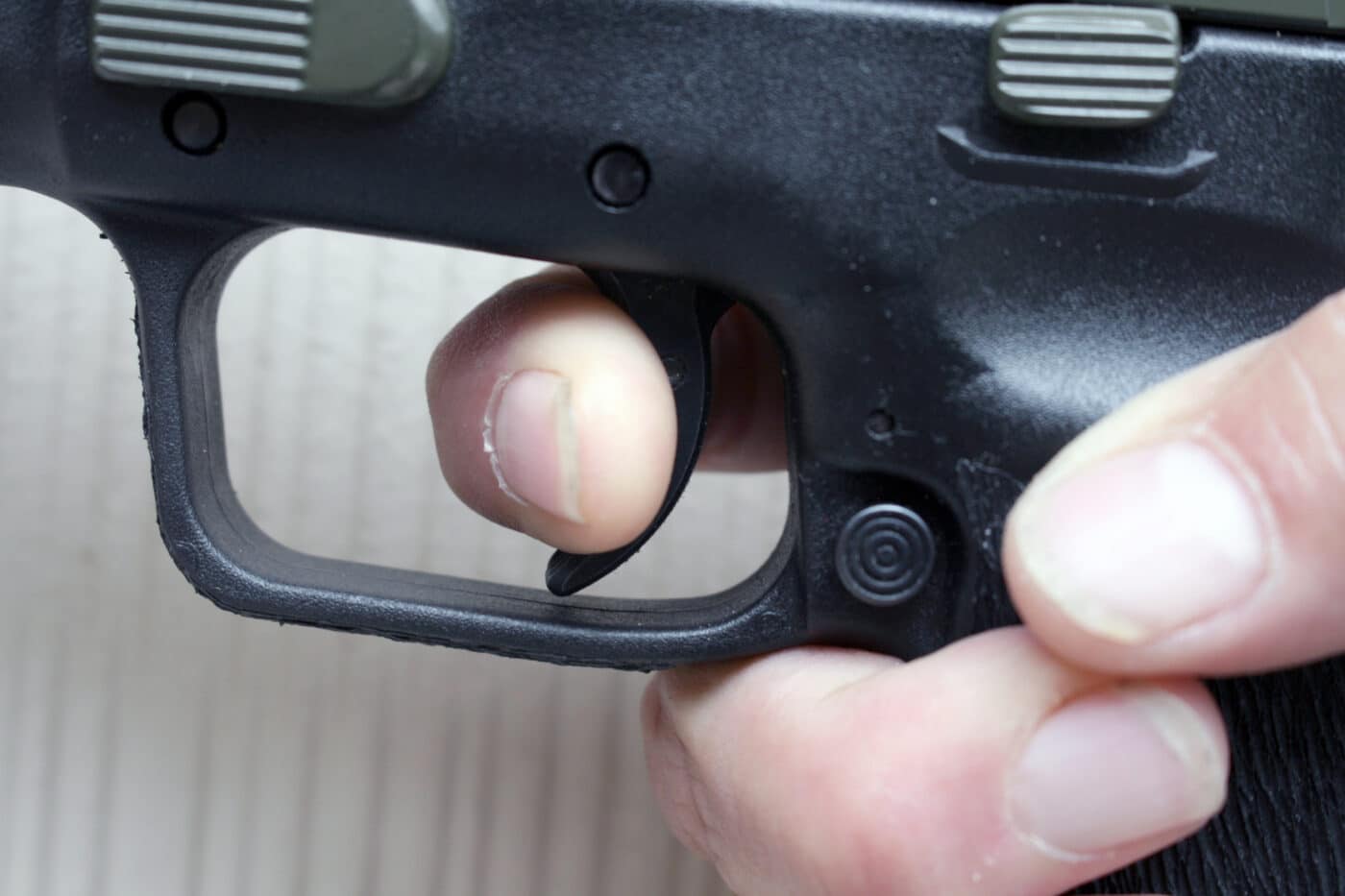
I also like to add some B8 centers to the mix and see how fast I can go at typical combat distance and still keep all my shots in the black. Yet another challenge is the “trigger bar” drill when I work on keeping a five-round group of shots inside a trio of printed rectangles, Firing is done at a slow, medium and fast cadence at a distance of 5-7 yards.
If your preference runs to single-action or double-action pistols, you can still work on these same concepts. Single action pistols such as the 1911 have the most user-friendly triggers going as there is very little trigger travel and a very light pull. I find traditional double-action pistols with a long relatively heavy trigger for the first shot and a short, light trigger for subsequent shots to be a little tougher to master, but a committed shooter can do very well with this type of pistol.
When It Matters
At double arm’s length, trigger control doesn’t matter. But even when dealing with a threat just a few yards away, controlling that trigger press will make all the difference in the world. So team, get busy. Slow deliberate practice should be our starting point. If we can’t get out to the range, dry fire practice (check it twice) while striving for a smooth press will help fill in some of the gaps. In that worst-case scenario, being able to effectively manage the trigger of your pistol will give you the edge in time of need.
Editor’s Note: Please be sure to check out The Armory Life Forum, where you can comment about our daily articles, as well as just talk guns and gear. Click the “Go To Forum Thread” link below to jump in and discuss this article and much more!
Join the Discussion
Featured in this article
Continue Reading
Did you enjoy this article?

 88
88




